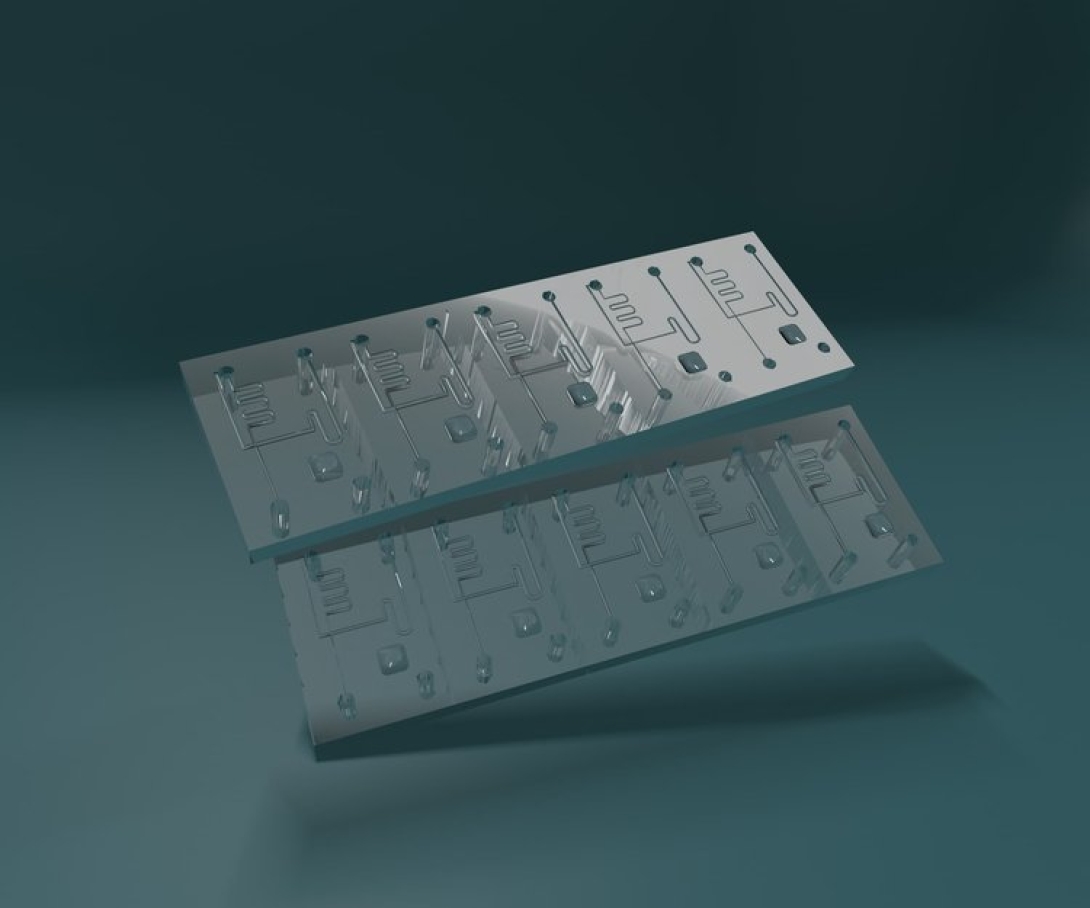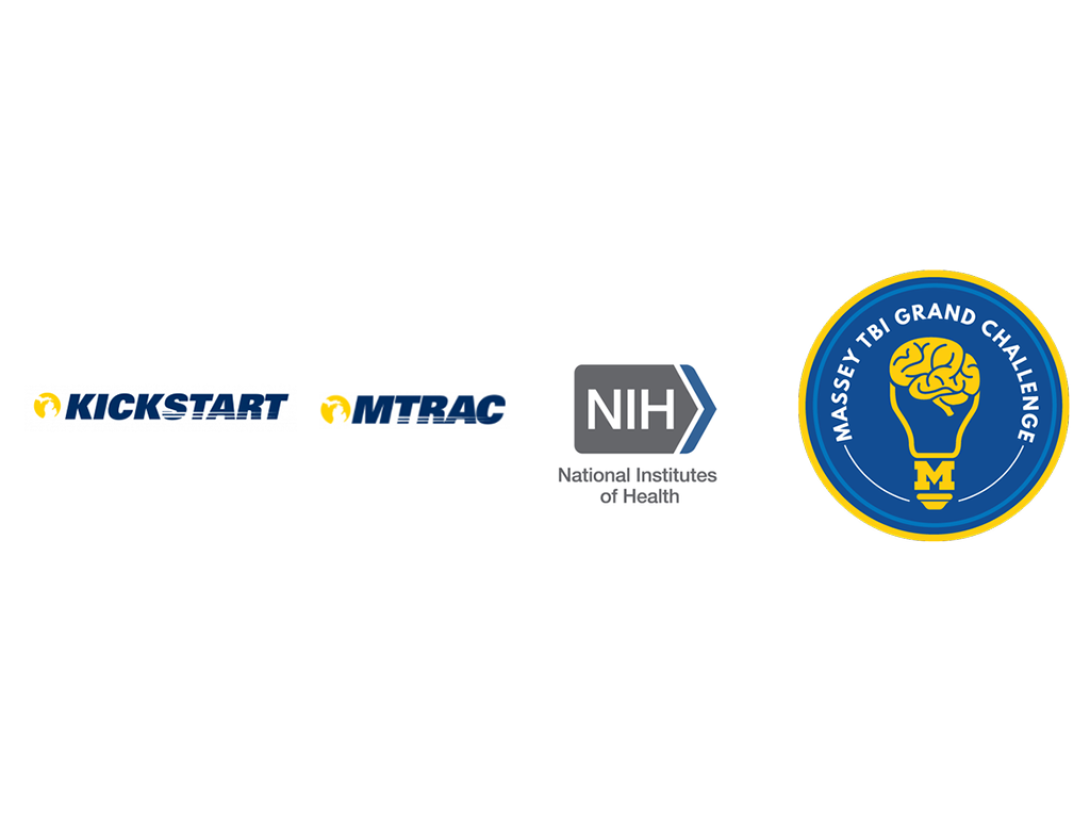A microfluidic chip platform that captures real-time measurements of Oxidation Reduction (redox) in whole blood and other biologic fluids in a clinical setting, at the point of care.
Value Proposition
By providing information to clinicians related to responsive drug delivery and responsiveness to resuscitation efforts, the Redox Point-of-Care Platform can improve outcomes and reduce costs in TBI, Sepsis and other diseases. It is the first device to allow rapid, real-time measurement of redox - a direct measure of oxidative stress - in whole blood or other fluids. The device is portable and optimized for use in clinical settings at the point of care (POC) where it is needed most to affect change.
Competitive Advantage
First device to reliably measure redox potential (oxidative stress) in whole blood while resisting biofouling (blockage of signal by protein and other cellular components)
Can also work for urine and other biologic fluids
The only whole blood POC device that can provide results in under 10 minutes at patient bedside
High utility for monitoring banked blood health, septic and traumatic shock, traumatic brain injury, renal failure and other states associated with oxidative stress
Resulting redox measurements will serve as a new biomarker for disease severity, effectiveness of treatment
Unique Features
Nanoporous gold electrodes embedded into microfluidic chip to resist biofouling
Portable, replaceable chip cartridge system
Works on a variety of other fluids including urine or exhaled breath from a ventilator
Measures Small Volumes (250 microliter)

The Redox POC Platform has broad market applications. It is invaluable wherever septic or traumatic shock is involved. It can be utilized in blood banks for monitoring oxidative stress. The REDOX device can also greatly enhance the effectiveness of External Ventricular Drains (EVD’s) or Weil’s own Digital External Ventricular Drain (DEVD). Current EVD market players like Natus or Medtronic could make REDOX a preferred method to monitor the effectiveness of treatments for a number of severe diseases.
Please contact the Licensing Manager, Michelle Larkin, for more information.

A Microfluidic Chip
$398,879 in non-dilutive funding
2014 $50,000 Massey Grand Challenge
2015 $25,000 M-KICKSTART
2015 $93,000 Pediatric Critical Care and Trauma Scientist Development Program (National NIH K12)
2016 $155,434 MTRAC
2020 $75,445 Massey Grand Challenge
Substantial additional departmental, school and center based support
Demonstrated that our nanopourous (np) gold electrodes can measure redox potential (RP) directly without chemical or polymer modification
Began integrating the np gold electrode within a redox POC “cartridge”
Completed testing of ten swine showing an overall negative redox potential change in whole blood from baseline during O2 debt accumulation and exhibited positive RP response during resuscitation
Test the ability of the TBI Redox Platform to assess changes in oxidative stress in CSF throughout traumatic brain injury by performing serial RP measurements in a swine model of TBI.
Development and testing of the microfluidic sampling chamber for continuous RP measurement and integration with EVD systems
Evaluate RP measurements in TBI patients during the golden hours and throughout their initial neuro-ICU course, correlating RP measures with severity of injury, changes in ICP, and ascorbic acid concentrations, along with physiologic and lab parameters (Q4 2022).
Filing of additional patent disclosures (in conjunction with DEVD, Provisional Patent: US 15/030,958; Filed: 10 Nov 2017. )
License the technology to an industry partner.
